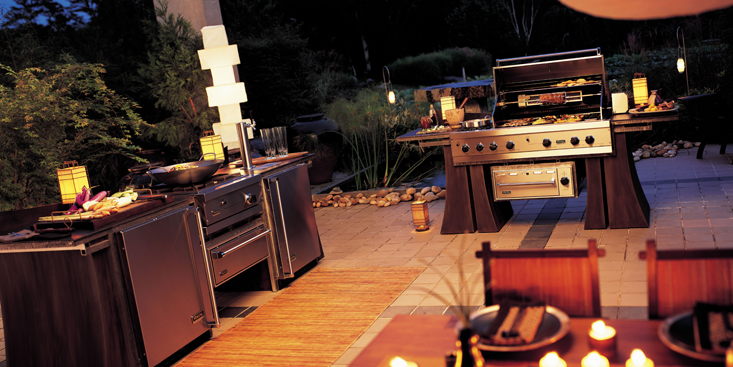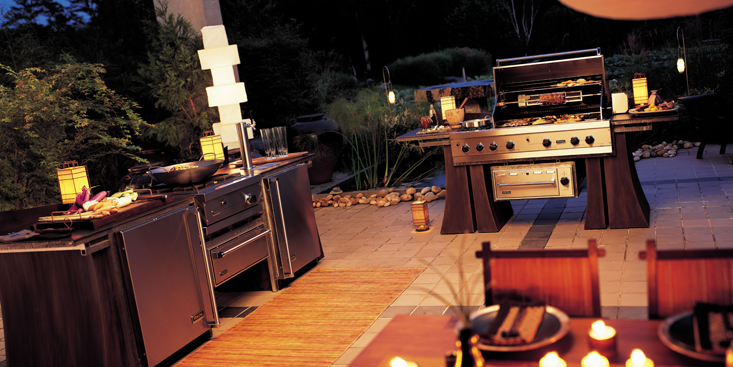Brands can prosper by staying on top of evolving real estate trends.
If you’ve been a marketer for a high-end home brand for a while, there’s a good chance that you have experienced some high-flying economic upturns, as well as some brutally tough downturns. You’ve learned to adapt, adjusting your strategies and communications to sync with the ever-evolving sentiments of affluent consumers. It brings to mind the well-worn Peter Drucker quote:
“The aim of marketing is to know and understand the customer so well the product fits him and sells itself.”
In good times (and during economic recoveries), knowing the customer well may mean establishing an emotional connection with consumers and focusing on lifestyle features of your brand. In bad times, knowing the customer may require more pragmatism, with an emphasis on getting a good deal.
The Wall Street Journal recently reported on the correlation between an improving real estate market and the growing use of the term “perfect for entertaining” in home listings in metro areas across the U.S. This trend points to the growing emphasis on casual entertaining, inside and outside, as well as the selling power of homes that feature a great space for hosting guests.
In Los Angeles, the median list price for a home with the phrase “perfect for entertaining” was more than $135,000 higher than the median list price of homes without the phrase. This trend plays out in other markets such as Denver, Dallas, Phoenix and Houston.
How might this trend impact you?
Let’s say that your home brand is outdoor furniture, pools and spas, decking or summer kitchens. Well, this is great data to know, because you now have a new hot button that you can integrate into your marketing communications, so that your brand syncs with your consumer.
In downturns, the same is true. As The WSJ piece pointed out, “In the years immediately following the housing bust in late 2007, real-estate agents focused on functionality and facts, like the square footage and condition of the house, to convince buyers that they were getting a good deal.”
I remember a study that Viking Range conducted among 4,000 real estate agents across the country. Viking wanted to know what effect, if any, the brand had on enhancing home resale value. I learned that the brand added a premium of more than four percent to a home’s sale price, according to real estate agents, plus it helped the home sell more quickly. This data was integrated into marketing messages, helping assure customers in a pragmatic way that their investment was generating a real return on investment.
In good times and bad, marketers of high-end home brands must be able to adapt. Knowing how consumers are feeling about changing economic conditions will help you stay ahead with your messaging.



